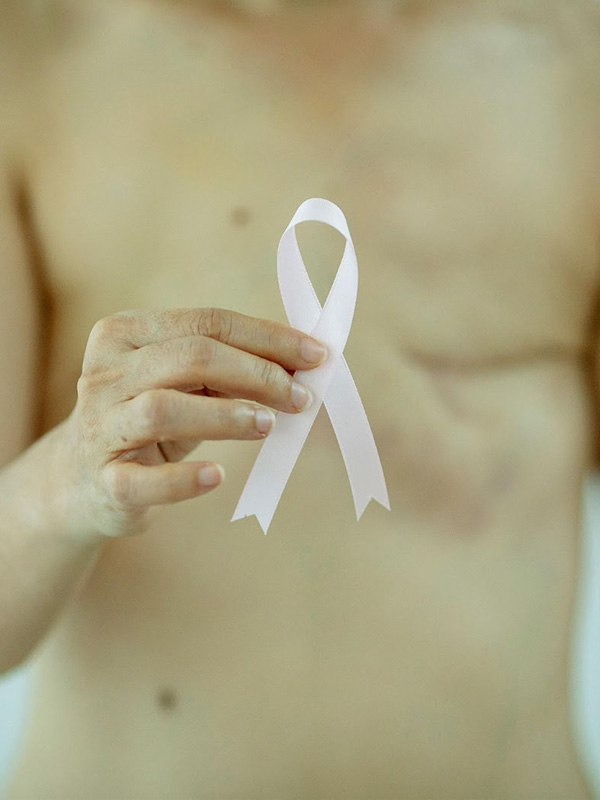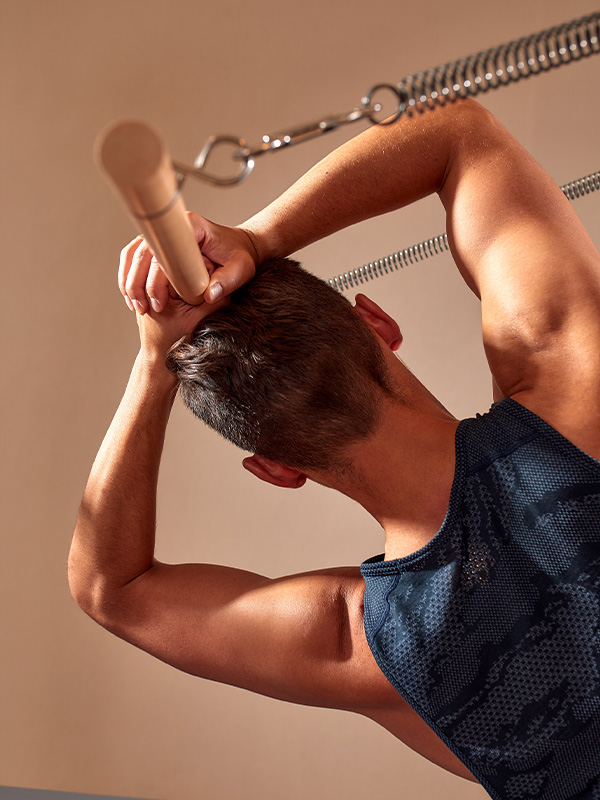Weight, Health, and Transition: An FTM Guide
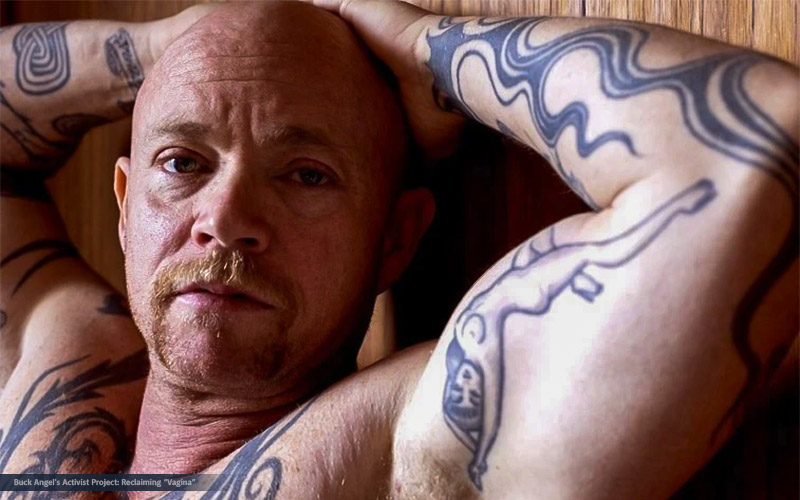
The journey to FTM transition is interesting and challenging at the same time. This is because of the physical, emotional, and psychological changes. So, how do weight, health, and body composition change during and after transition?

Well, if you are on hormonal treatment. Then you have noticed a few changes, especially regarding weight and physical features. One of the common concerns is fat redistribution and muscle gain. In men, fat accumulates in the abdominal region. I know you may want to know how your body changes. And what you need to do is deal with stubborn fat deposits.
During your transition journey, you must keep fit and healthy as you prepare for surgery. Read on to find out how testosterone affects weight and body composition. All you need to do is keep fit during your transition journey.
How Testosterone Affects Weight and Body Composition
Metabolic Changes

Once you have started your testosterone journey, you will notice a shift in metabolism. One of the main changes is increased muscle mass and basal metabolic rate ( BMR). Testosterone leads to an increase in the number of calories your body burns at rest. An increase in muscle mass and metabolism will naturally boost your appetite.
Fat Redistribution
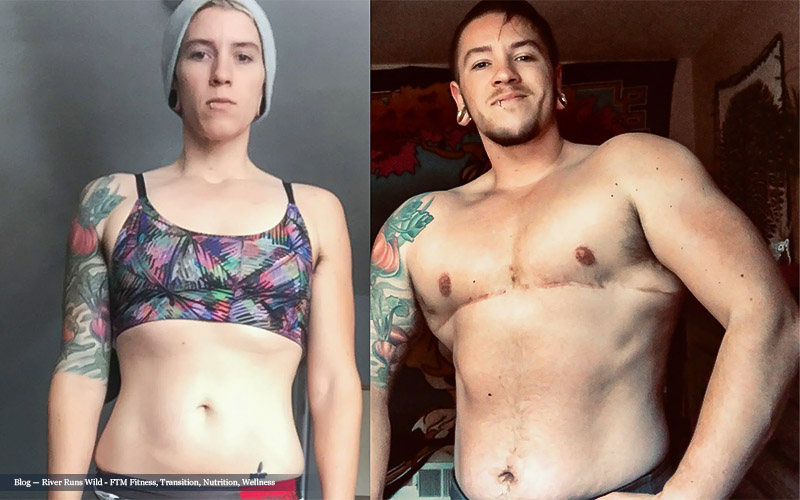
Testosterone also changes where your body stores fat. Before transition, you will notice fat deposits on your thighs, hips, and buttocks. After testosterone use, fats begin to redistribute towards the abdomen. This process varies with each individual and takes months if not years.
Water Retention and Bloating

Water retention is also common during the early stages of testosterone treatment. This may cause bloating and puffiness, especially on the face. Don’t worry, this usually resolves within months.
Nutrition for FTM Fitness Goals
Macronutrient Adjustments for Muscle Gain
Gaining muscle will not only require lifting weights but also fueling your muscles. You will need to consume a high amount of protein compared to other foods. Protein is a major building block for muscle growth. Foods such as eggs, meat, nuts, and fish are among the best you can use. Aim for 1.2- 2.0 grams per kg of body weight.
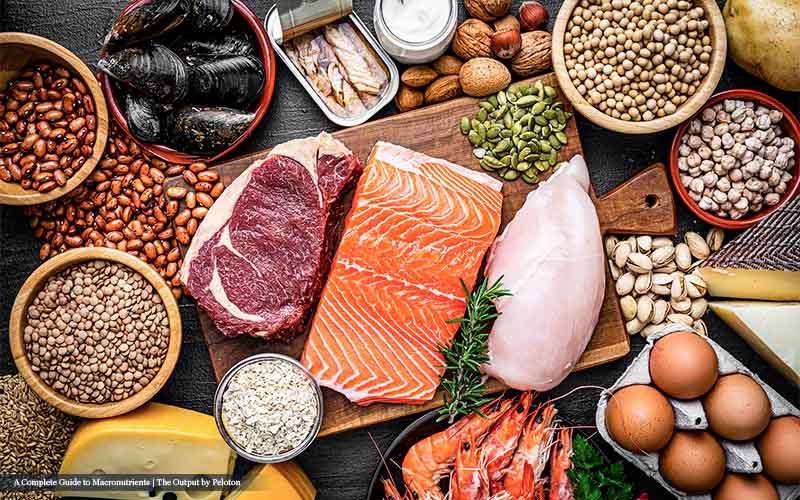
While you may need a lot of protein, balancing carbs and fats for energy and hormone health is also important. Carbs are a good source of energy. But they can cause weight gain. You should therefore limit the amount of carbs and fats. A balanced plate means lean protein, whole grains, healthy fats, and colourful vegetables.
Managing Emotional Eating & Appetite Shifts
Testosterone can increase hunger cues, making it easy to overeat. To avoid overeating, practise mindful eating as you focus on hunger and fullness cues. Also, take a lot of water to give you a feeling of satiety. Snacking in between meals can prevent overeating.
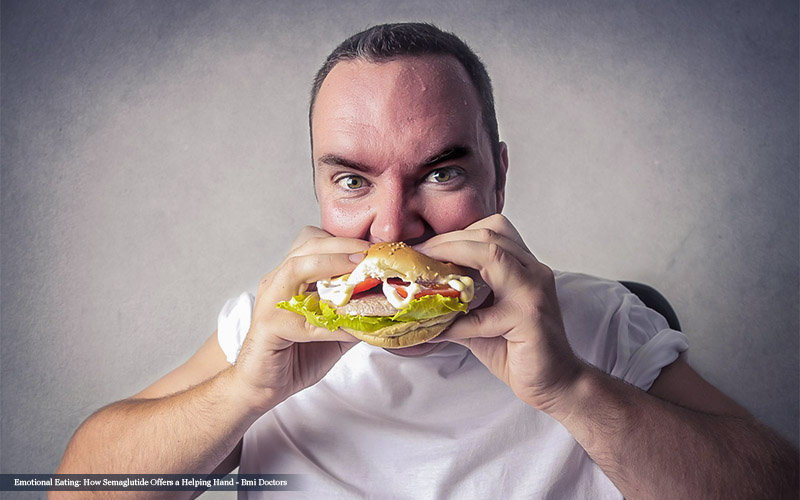
As testosterone increases, you may experience emotional disturbances. This can also lead to overeating. Seek therapy if eating feels emotionally overwhelming.
Diet Strategies for Top Surgery Prep/Recovery
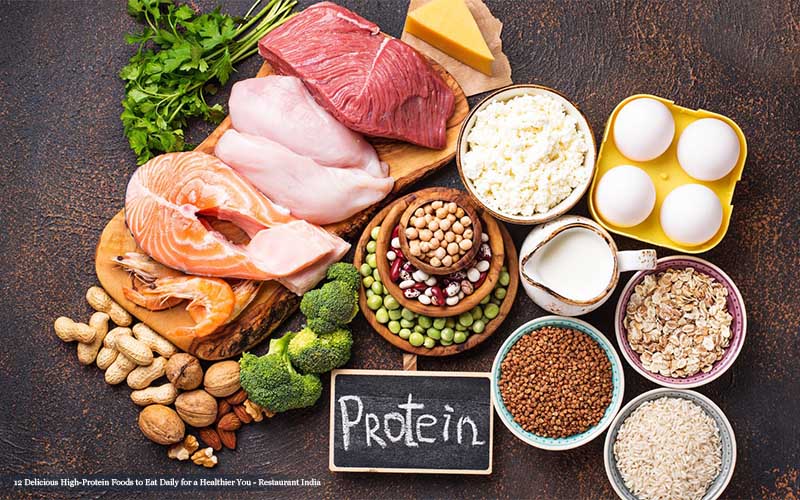
If you are preparing for Top surgery, a diet that is rich in protein will be beneficial. Protein is a good muscle repairer and builder. Also, stay hydrated and maintain healthy energy levels.
Fitness and Exercise for Masculinization
Strength Training for a More Masculine Frame
We are looking for a more angular and masculine look. That’s why we need to do strength training for a more masculine frame. During exercise, you will need to focus on broadening your shoulders and back.

Workouts such as shoulder press, rows, push-ups, and lat pulldowns are good exercises to broaden your chest and shoulders. Also, consult a trainer to help you with tailored exercises.
Cardio for Fat Loss vs. Muscle Retention

If your goal includes reducing body fat, use moderate cardio like brisk walking and cycling. Because there’s no such thing as spot training, expect to lose weight everywhere.
Pre- & Post-Surgery Workout Adjustments
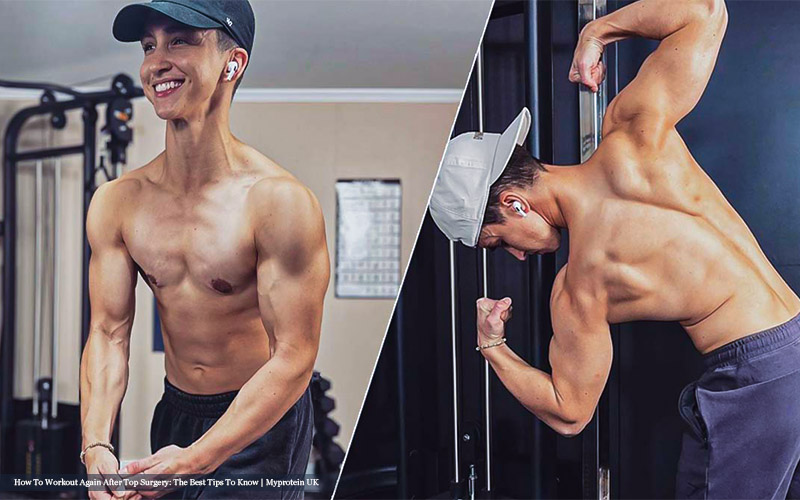
You should practise balancing endurance training with muscle goals. At the same time, doing your cardio incorporates strength training. Reduce intense workouts 1-2 weeks before surgery for your muscles to heal and relax. After surgery, start with gentle stretches and walks as you slowly introduce weights.
Weight and Transition-Related Surgeries
BMI Requirements for Top Surgery & Hysterectomy
Most surgeons use Body Mass Index. This helps them determine the requirements and type of Surgery & Hysterectomy. Surgeons who use BMI cite it as a safety precaution over visibility concerns.
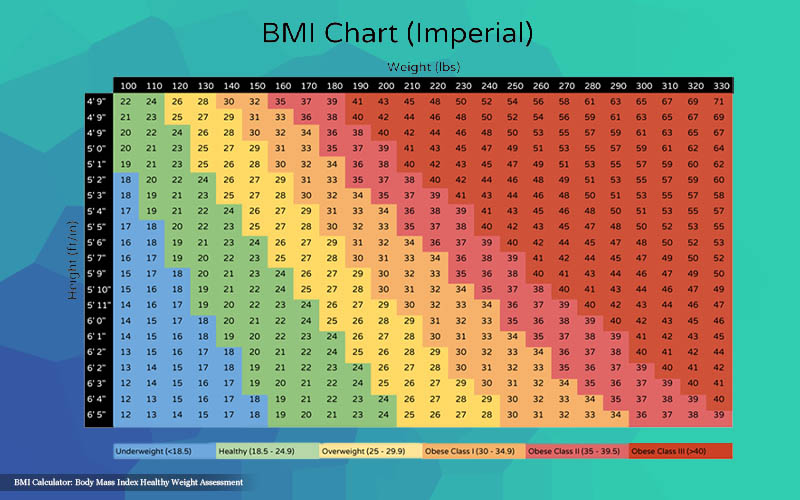
Suppose you happen to be above the BMI limits. Focus on a gradual, sustainable weight loss program. Avoid crash diets, which can weaken your immune system and slow recovery. Work with professionals to come up with a good workout plan.
How Body Fat Affects Surgical Outcomes
Remember, body fat may affect the surgical outcomes. For instance, risk of developing dog ears or uneven results after the surgery. If you are struggling with body fat, you could consider abdominal liposuction for body masculinization.
Mental Health and Body Image
Dealing with Dysphoria Around Weight
During transition, it’s common to feel frustrated and dysphoria about the body changes. Fats might shift exactly as you want them to. As a matter of fact, you might experience weight gain. This is frustrating for anyone looking to achieve a perfect body. Therefore, you need to have a coping mechanism to deal with fat distribution.

Keep track of non-scale victories such as strength gains, energy, and confidence. Notice those small physical changes and celebrate them. You should also practice body neutrality and appreciate your body and what it’s doing for you. The transition journey is a step-by-step procedure that requires perseverance. Learn to be patient with your body.
Remember, overtraining causes more harm than good. Trying to force a workout might lead to muscle damage. While we need more protein for muscle growth, we also need carbs for our energy. Find balance when it comes to dieting and avoid overeating. As already mentioned, we need to rest in between exercises to allow our muscles to rest and avoid burnout.
Maintain a healthy mindset by setting up realistic fitness goals. This will help you keep track of the milestones you have achieved. You need to work with affirming coaches and dietitians.
Common Challenges & Solutions
If you are here, then you know the hustle that comes with transitioning. I know you have a lot of concerns about your looks, especially after all that testosterone. You might ask, “I’m Gaining Weight on T – Is This Normal?” Yes, especially in the first 6-12 months. You might experience muscle gain, water retention, or a normal metabolic adjustment.
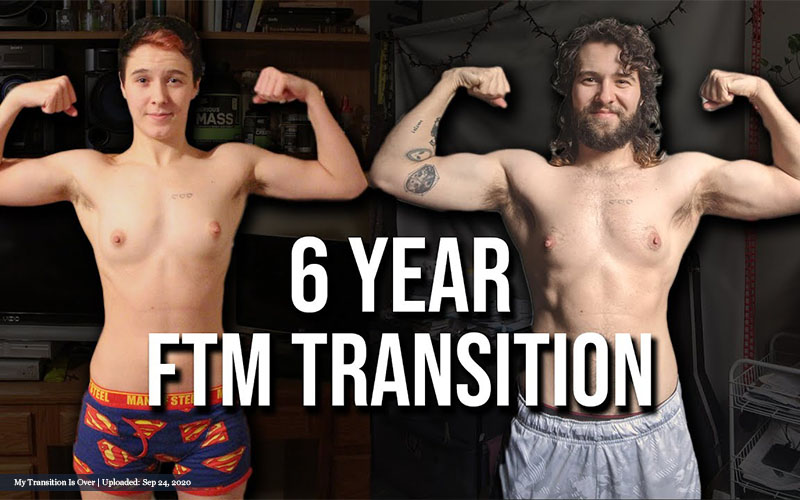
While you might just focus on weight, it’s important that you track your muscle strength, energy, and measurements. You don’t have to worry about water retention. Because the hormones will balance out, and you will not experience puffiness.
Another concern is “My Hips/Thighs Won’t Slim Down – What Can I Do?” You must understand that spot fat loss is not possible. But you can overall fat through balanced training and eating. Alternatively, use clothing styles that align with your body. Straight-leg pants or layered tops will give you that masculine look. Focus on muscle growth in the upper body to change proportions and decrease body dysphoria.
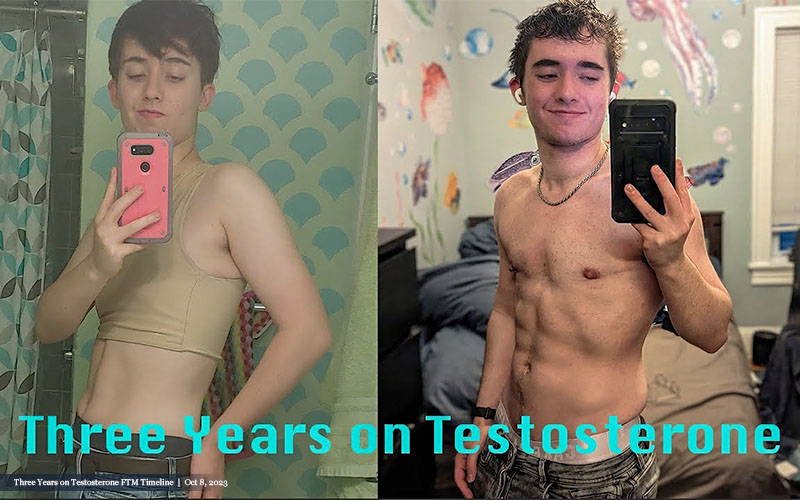
Some might say, “I’m Struggling to Lose Weight for Surgery – Any Advice?” Well, avoid last–minute diets. If you are already on a diet, but it’s not working out. Try a calorie deficit of 250-500 calories a day with strength training. It’s good to drink enough water and sleep well. This enables you to relax. Most importantly, seek professional help.
Resources & Further Support
Nutritionists and Trainers Experienced with Trans Clients

For anyone struggling with weight and fitness during and after transition. There are various resources and support groups that you can use. Seek help from nutritionists and trainers who are experienced with trans clients. We have famous trans trainers such as Alex Tilinca, Miles Alexander, and Landyn Pan.
Online Communities for Ftm Fitness and Health
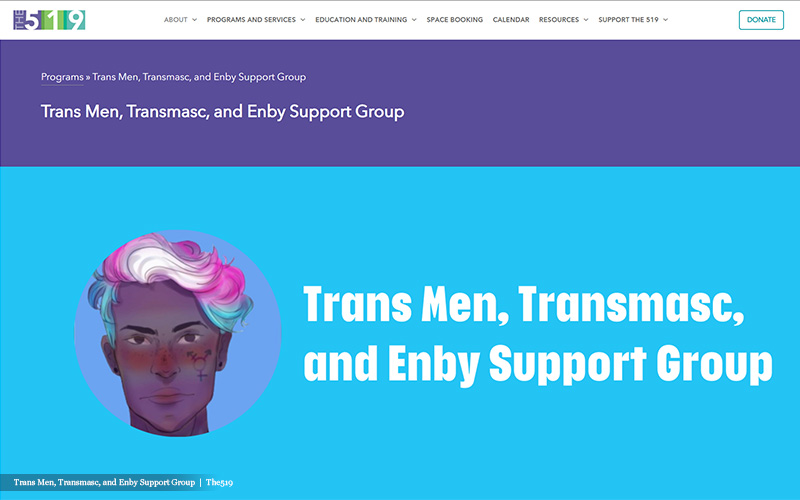
You might want to keep in touch with other trans men. We have online communities such as FTM fitness, FTM traveller, or Point of Pride. These communities provide financial and emotional support to trans gender individuals. You will also find help on what you need to do during the transition.
Books and Guides on Body Masculinization
Alternatively, read books such as Trans Bodies, Transelves, and The Body Is Not an Apology by Sonya Renee Taylor. These books offer guides on masculinization and exercise. They will help you on your transition journey. Remember, you are not limited to these books.
Conclusion
Weight, body image, and health are important when it comes to gender transition. It’s therefore very important that you keep track of your health and fitness. Follow a workout routine and eat healthy as your body adjusts to the changes. Your transition journey may be challenging, but having a good body goal will help you focus.
There is a lot of information when it comes to fitness and health. Seek the right information that aligns with your body goals. At the same time, we might feel excluded from some social workout places. It’s good to get an inclusive community where you will be able to take care of your body. Remember our bodies respond differently; therefore, we need to be patient. Also, hydrate well and rest to enable your muscles to heal and tone well.

 Basic Packers
Basic Packers Pack & Play
Pack & Play STP
STP